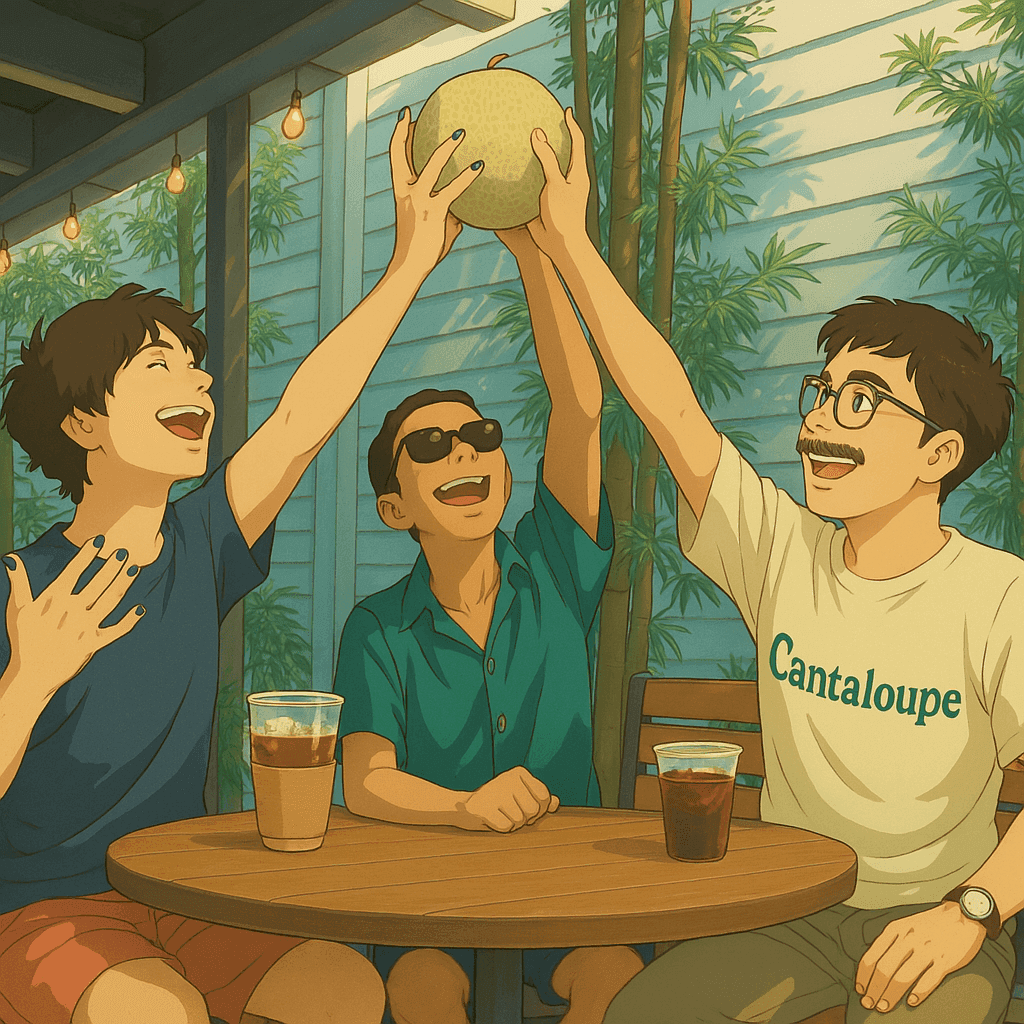Open roles drag on. Applicants apply, then disappear. Managers spend hours waiting for interviews that never happen. Short staffed shifts drive up costs and burn out the team.
This cycle is so common in restaurants and hospitality that most operators treat it as normal. It is not just frustrating. It is expensive.
The data picture
- Restaurant turnover has hovered around 70 to 80 percent for years, making every open role critical. (National Restaurant Association)
- One in three candidates drops out if the application process is too long or complicated. (CareerPlug)
- More than half of applicants give up if they cannot schedule an interview within a week. (JobScore)
- Each unfilled frontline role can cost $1,500 or more in lost productivity, overtime, and management time. (SHRM)
Four reasons pipelines collapse before the first shift
1. Slow response timeIf an applicant applies on Monday but does not hear back until Friday, they have already moved on. In today’s labor market, speed is the top driver of drop off.
2. Complex application stepsExtra logins, one way video requests, and long forms all push applicants away. Nearly one third of candidates abandon an application if it is not mobile friendly.
3. Scattered communicationMixing texts, emails, and calls creates missed confirmations and poor follow through. A single primary channel improves attendance and reduces confusion.
4. Low perceived fitIf pay, schedule, and day to day details are unclear, candidates treat interviews as low priority. Transparency on pay and expectations raises show rates and attracts more committed applicants.
The operator playbook to stabilize hiring
Operators who keep pipelines moving use a few simple habits:
- Respond to every applicant in under 24 hours
- Keep the first screen short and mobile native
- Post pay and schedule upfront in the job ad
- Use one main channel for scheduling, often SMS
- Give candidates an answer the same day as their interview
How Cantaloupe AI helps operators hire faster
Cantaloupe AI was built to remove the friction that drives no shows and early churn.
- Voice screen on any phone. Applicants answer a few job specific questions in under three minutes. No logins. No video.
- Instant ranked responses. Managers receive qualified candidates with ranked voice recordings within minutes, which makes same day scheduling possible.
- SMS confirmations and reminders. Clear, consistent communication keeps candidates engaged and reduces ghosting.
- Turnover risk signals. Voice responses highlight reliability and intent cues so managers can focus on people who will show up and stay.
- Simple setup. Works alongside existing tools without heavy integration.
Field checklist you can use this week
- Respond to every applicant in under 24 hours
- First screen takes three minutes or less
- Include pay and schedule in the job ad
- Use SMS as your main scheduling channel
- Send one confirmation and two reminders with reschedule options
- Track show rate by source and time to first touch
- Ask each no show for a quick reason
The bottom line
Restaurant hiring pipelines fail when speed, clarity, and connection are missing. Reminders alone will not solve the problem. What works is a process that responds fast, screens simply, and builds commitment early.
That is exactly what Cantaloupe delivers.
Want to see your first voice screens and confirmed interviews this week? Book a short demo and test Cantaloupe on your next role.


